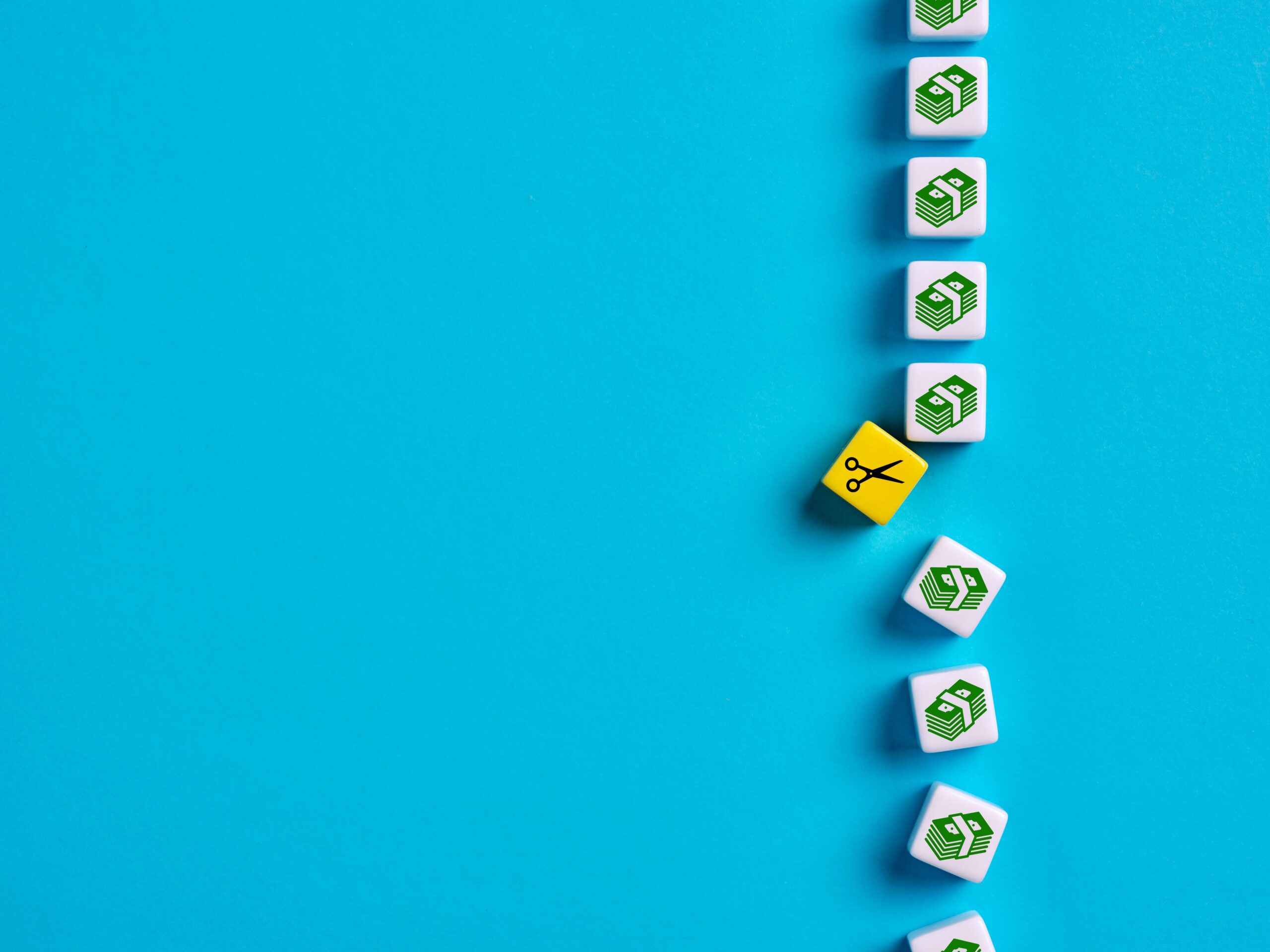The creative brief is the holy grail of all sacred ad documents—it’s the foundation of any successful creative campaign, outlining the client’s vision, and strategic approach, ensuring everyone is on the same page.
A great creative brief outlines the problem to solve—and the path to get there—while giving your team the ingredients to do their most inspired work without prescribing the solution. As iconic architect David Rockwell says, “A great brief is an inspiring thought starter.”
What goes into a creative brief?
A creative brief outlines a campaign’s stated goals by defining the project’s scope, deadlines, deliverables, and demographics specific to the creative part of your project. It is equal parts inspiration and a helpful map to get a creative team on board with how to approach a campaign.
The goal? Get all the stakeholders—designers, copywriters, media planners, and more—aligned with key messaging and a strategic approach to executing a project successfully. Think of it as a one-stop shop for your project’s essential information, delivered in simple language that a designer, copywriter, developer, or another stakeholder can easily understand.
Why are creative briefs so essential?
You need a plan. A creative brief lets you articulate your vision and justify its benefits while sharing how you plan to target your audience. Simply put, a creative brief puts everyone on the same page before a project kicks off.
A well-crafted creative brief will also save you time (and money) because it is as much about aligning objectives as it is about anticipating obstacles. Better to get clear in the pre-planning stages of a campaign than further down the line. Here are some key reasons a great creative brief is so critical:
- Gives your creative team a broad vision of the brand, business, and product.
- Offers inspiration and a starting point for concepting.
- Reduces client/creative conflict by getting all parties on the same page at the outset.
- Aligns client budget and expectations with creative media strategy.
- Clearly defines deliverables, deadlines, and checkpoints.
- And last but not least, before they can sign off on a project, clients will expect to see a creative brief, and your creative team will need it before they can start working.
Who creates the creative brief?
In an ad agency environment, a strategist or planner crafts the creative brief, whereas, in other types of companies, it may be done by the account manager in close consultation with the client.
What goes into a creative brief?
It’s wise to include all that can help the creative team understand the vision and path forward, including:
- A brief overview of the campaign’s purpose and objectives
- Short brand statement
- Key challenges the campaign aims to resolve
- Target audience and demographics for the campaign
- Primary message and rationale for the approach
- Channels the campaign will run on
- List of specific deliverables for the creative team
- Deadlines and checkpoints
When all is said/done—the creative brief may not look like much; many are just two pages long, but the effort that goes into crafting this seemingly simple document is immense. Despite their importance, creative briefs are often poorly understood and not well-executed due to their open-ended nature. But we’re here to demystify this cornerstone document so your creative projects can get the solid backbone and structure they deserve.
Here are the 10 essential questions to answer to create an effective creative brief.
Covering these bases can be the difference between a struggling project and an incredibly effective one.
1. Why are we doing this project?
Context is critical for making great work—if your creative team is going to create anything exceptional, they need to know the ‘why.’
- Why is the project necessary?
- What need does it serve?
- What do we want to achieve?
- What is the opportunity—what is the challenge?
No need to delve into the historical nitty gritty; just stick to the salient information.
2. Who is the target audience?
You can only target your content if you’re sure for whom it’s being created. Make sure you know the ‘who’ of the project at the outset. Define who the desired end users are.
- Where are they located?
- What’s the target age?
- What motivates this group?
- What’s their socio-economic level?
Delineating this type of information can be the difference between a successful campaign and a big waste of time, money, and effort.
3. What is the core business objective?
Why are we creating this campaign? Is it to get more sign-ups via CRM? Is it to sell more sneakers? Or to ramp up engagement metrics? Define what success looks like—for a campaign to create value and be more than window dressing, but rather high-contributing parts of a larger strategy.
4. Who is the competition, and what are they doing?
After identifying your target audience, including information on the competitive landscape. Add links to review, along with any similar projects they’ve undertaken, and share relevant demographic details—where is there overlap, and where are there differences? Share what they did well and what could be done differently (and better) with your campaign.
5. Who are the stakeholders?
Address the ‘who’—but from the working side. You want to make sure everyone is clear on how the workflow flows. Who are the decision-makers on the client side? To whom should you go for approval on drafts?
6. What are the deliverables, and where will they be used?
Specificity is your friend. Be sure to list the main goal of the project—is it a print campaign? Commercial? Both? Then share what you plan to do with the creative so your team can deliver the right format in the right specs.
- Where do you plan to use the creative?
- In what formats do you need your campaign delivered? For example, if it’s a video, how many final versions are required, and how long should each version be?
- If you plan to use the creative on social media, share which channels and the size and resolution specs for each.
7. What is the BIG idea?
If your campaign could be distilled into a few key messages—what would they be? What undergirding principle should the creative team keep coming back to that will help guide their efforts? Some agencies refer to this as the human purpose or big idea that will make the campaign resonate with the intended target audience. Done right, this can be a powerful guardrail for a creative project.
8. How do we want this campaign to look?
This section is where you paint, in broad strokes, what you want the campaign to look and feel like. Specify:
- Tone
- Color palette
- Fonts
- Logo specs
- Any other guidelines related to the project
9. What are the deadlines?
The ‘when’ of the project is a point of critical alignment. Discuss timelines for feedback with the client so the creative team can stay on track with checkpoints and deadlines.
Defining these from the start will help mitigate delays and keep your project on track. While this is more a point for discussion than something always included in a brief, it is essential to list certain key milestones. Some important timings to confirm include:
- When does the project start?
- When are the final campaign deliverables due?
- What are the milestone checkpoints?
- How many cycles of revisions are budgeted?
- How many iterations are expected, and when are they needed?
The campaign you’re creating ties into concrete launch dates—keeping all stakeholders on track can become a critical component of its success. Some folks include a timeline in the brief, working backward from when the campaign or project needs to go live, which can look something like this:
- Day 1: Kick-off meeting
- Day 10: Final creative brief due
- Day 30: Content due to client
- Day 35: Content due back from client for team revisions
- Day 42: Second review process
- Day 47: Content due back from client for final team revisions
- Day 54: Final Review Process
___________________________________
Bottom Line
If you want to do exceptional work, you need a stellar creative brief outlining the problem to solve—and the path to solve it—while providing everyone with all the salient information to do their best work without telling the creative team how to do it. As the foundation of any successful campaign, the creative brief ensures everyone is on the same page and has a shared vision. And as they teach us from a young age: teamwork makes the dream work.
About the author.
An award-winning creator and digital health, wellness, and lifestyle content strategist—Karina writes, produces, and edits compelling content across multiple platforms—including articles, video, interactive tools, and documentary film. Her work has been featured on MSN Lifestyle, Apartment Therapy, Goop, Psycom, Yahoo News, Pregnancy & Newborn, Eat This Not That, thirdAGE, and Remedy Health Media digital properties and has spanned insight pieces on psychedelic toad medicine to forecasting the future of work to why sustainability needs to become more sustainable.



